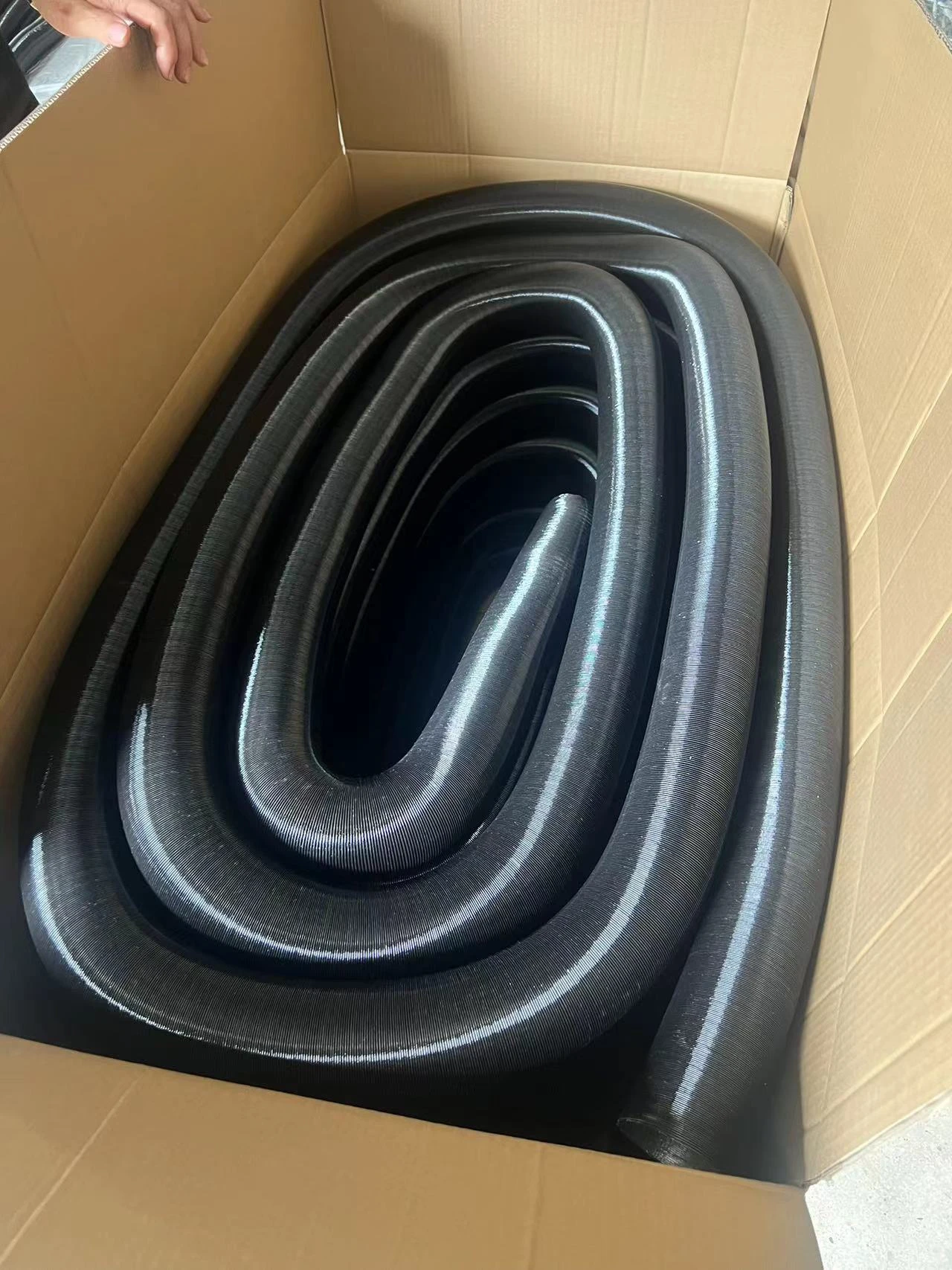Versatile Solutions for Flat Hose Applications in Gardening and Industry
The Advantages of Lay Flat Hoses for Various Applications
Lay flat hoses have become increasingly popular in various industries due to their unique characteristics and versatility. Designed to be lightweight and flexible, these hoses are commonly used in irrigation, construction, and firefighting, among other applications. One of the most significant benefits of lay flat hoses is their ease of use, particularly in transporting fluids and managing water flow.
1. Space-Efficient Design
One of the defining features of lay flat hoses is their design. Unlike traditional hoses that take up a considerable amount of space when coiled or stored, lay flat hoses can be rolled up and stored compactly when not in use. This is particularly advantageous for industries where space is at a premium. For instance, in agricultural settings, farmers can store multiple hoses without the hassle of bulky, coiled alternatives. This compact storage solution makes it easier to transport the hoses to different job sites, whether on a farm or a construction project.
2. Lightweight and Portable
The lightweight nature of lay flat hoses enhances their portability. Designed from durable materials such as PVC or polyurethane, they are easy to carry around, making them ideal for firefighters who may need to rapidly deploy hoses in emergency situations. These hoses can be quickly unwound and connected to pumps, allowing for immediate access to water in critical scenarios. In irrigation, farmers can navigate their fields without being burdened by heavy equipment, facilitating timely watering of crops.
lay flat hoses

Lay flat hoses are incredibly versatile and can be used across a broad range of applications. In agriculture, they serve as an effective irrigation solution, providing a steady flow of water to crops and allowing for easy adjustments based on differing field layouts. In construction, these hoses are commonly used for pumping water out of excavated areas, ensuring that job sites remain safe and dry. Furthermore, lay flat hoses are essential in firefighting efforts, as they can deliver large volumes of water quickly to combat fires.
4. Durability and Longevity
Contrary to what one might assume about their lightweight design, lay flat hoses are built to withstand tough conditions. Many lay flat hoses are reinforced with high-tensile strength materials, making them resistant to abrasion, chemicals, and UV rays. This durability not only extends the lifespan of the hoses but also ensures that they can be relied upon in high-pressure situations. Whether exposed to the elements or subjected to rugged use, lay flat hoses maintain their integrity and performance.
5. Cost-Effectiveness
Another compelling advantage of lay flat hoses is their cost-effectiveness. The materials used to manufacture these hoses are relatively low-cost, and their durability means that users will not need to replace them frequently. By investing in a few high-quality lay flat hoses, businesses can save significantly on equipment costs in the long run.
Conclusion
In conclusion, lay flat hoses offer numerous advantages that make them indispensable in various fields. Their space-efficient design, lightweight portability, versatile applications, durability, and cost-effectiveness come together to create a powerful tool for those who require efficient fluid transport solutions. As industries continue to seek innovative ways to improve their operations, it is clear that lay flat hoses will remain a popular choice for many years to come.
-
Top Quality Oxy Acetylene Hoses for Sale Fit for Welding DemandsNewsJul.28,2025
-
The Future of Pneumatic Air Tubes in IndustryNewsJul.28,2025
-
Superior and Reliable LPG Hose Pipe Solutions for Every NeedNewsJul.28,2025
-
Exceptionally Durable and Versatile Premium Braided PVC TubingNewsJul.28,2025
-
Best Adapters for Connecting Garden Hose to PVC Pipe ConnectionsNewsJul.28,2025
-
The Essential Role of LPG Hoses in Safe and Efficient Gas DistributionNewsJul.16,2025














